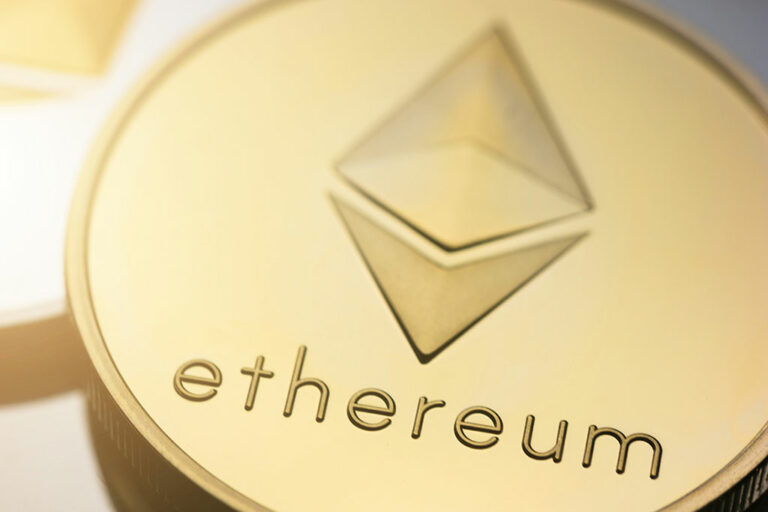The developers led by Mike Neuder opine that a validator set contraction has positive implications for the beacon chain decentralization roadmap, the current p2p layer, and the validators.
The Ethereum (ETH) network is best described as art in development amid mainstream crypto and blockchain adoption. With the proof-of-stake (PoS) still young under the beacon chain, the Ethereum core developers continually engage each other on ways to help in the decentralization aspect. Moreover, the Ethereum network accommodates global investors and also different countries with different sets of crypto regulatory policies. As a result, constant development to onboard new DeFi and users with different requirements has helped the network remain at the top of the smart contract industry.
Closer Look at Ethereum Proposal to Increase MaxEB
According to Ethereum proposals by top researchers and developers – including Mike Neuder, Francesco d’Amato, Aditya Asgaonkar, and Justin Drake – the current Max Effective Balance (MaxEB) is a limit to the Ethereum’s decentralization progress. Moreover, low MaxEB increases the set of validators without necessarily increasing the single nodes at hand. Essentially, solo Ethereum stakers became a validator by investing 32 ETH through the beacon chain, however, an investor can decide to delegate several thousands of ETH in a staking program, which adds the validators.
According to Ethereum’s on-chain data, there are about 600k validators with more than 90k in the activation queue. As a result, the Ethereum developers propose to increase the MaxEB without increasing the minimum amount required to become a validator.
“We argue that increasing the MaxEB (i) unblocks future consensus layer upgrades on the roadmap 4, (ii) improves the performance of the current consensus mechanism and p2p layer, and (iii) enhances operational efficiency for both small and large-scale validators,” the proposal noted.
According to an Ethereum validator on Twitter Vizsla (@AnotherVizsla), the immediate benefit of increasing MaxEB to solo stakers is the compounding of ETH rewards. As a result, Ethereum solo stakers can now compete with large entities like Lido (LDO), Coinbase Global Inc (NASDAQ: COIN), and Kraken among others that operate liquids staking programs.
For solo validators, the most immediate benefit of an increase in MAX_EFFECTIVE_BALANCE would be to allow instant compounding of ETH rewards by simply leaving them in the existing validator. Suddenly, solo stakers can compete with large operations. https://t.co/8K7nN43dDh
— Vizsla (@AnotherVizsla) June 6, 2023
Reportedly, the Ethereum researchers want the MaxEB to be capped at 2,048 ETH, which would drastically reduce the current number of validators. The details of the proposal are open for discussion before the validators are scheduled to vote on the way forward.
Market Outlook
The Ethereum network remains the undisputed leader in the decentralized financial ecosystem and smart contracts adoption. According to market aggregate data provided by Defillama, the Ethereum network has a total value locked (TVL) of about $24.7 billion with about 100 million non-zero addresses. Trading around $1,727 on Monday, Ethereum (ETH) had a total market capitalization of about $208 billion and a 24-hour trading volume of approximately $4 billion.
next